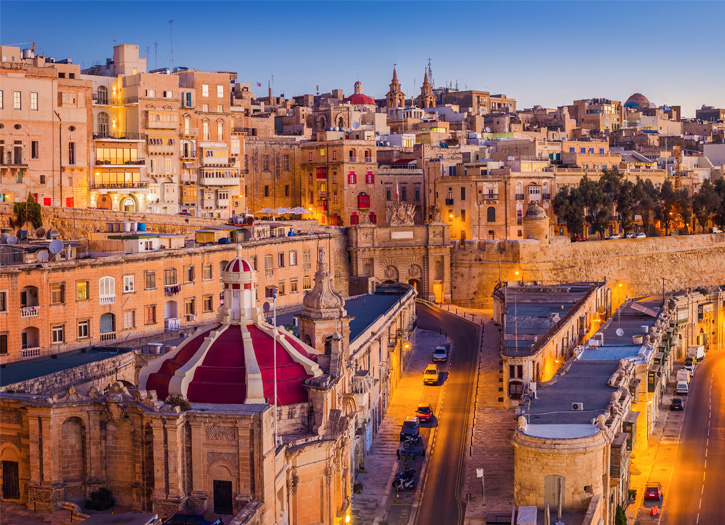The first case of the disease in Malta was an Italian 12-year-old girl on 7 March 2020. The girl and her family were in isolation, as required by those following the Maltese health authority’s guidelines who were in Italy or other highly infected countries. Later, both her parents were found positive as well. As of 19 September 2020, Malta has reported 2,699 confirmed cases, 2017 recoveries and 19 deaths, while 663 cases remain active.
A mandatory quarantine was imposed on travellers and those who were possibly in contact with those who travelled abroad. A mandatory lockdown was imposed on those over the age of 65 and/or suffering from chronic health conditions. WHO praised the Maltese government’s response to the pandemic, before the number of cases rose to 52 on 7 April. On May Day, given that the reproductive rate of the virus was below 0, the first relaxation of some measures were announced.On 11 March, Prime Minister Robert Abela announced a ban on all sea and air travel (except for cargo) and a mandatory quarantine on travellers returning from the most infested countries of France, Germany, Switzerland and Spain from that day onwards, together with Italy.
On 28 March, the government has announced decisions related to education institutions and exams. These include:Schools and educational institutions will be closed until the end of the scholastic year. Online teaching is being used for continuity. The SEC examinations (ordinary levels) will not be held in the session beginning on 23 April. MATSEC will then issue a certificate to successful students, showing whether Level 2 or Level 3 was reached based on performance and mid-year mock exams. This certificate will be instrumental in deciding whether to allow students to progress further education. Intermediate and A Level exams will be held in September 2020.
On 15 March, three further cases of SARS-CoV-2 were reported in Malta, bringing the total to 21.In total 1,385 tests had been carried out, split between 722 tests on people who came from abroad and showed symptoms, and 663 tests on people who did not go abroad but displayed some sort of symptoms.On 13 and 15 March, the first and second cases recovered from the COVID-19 coronavirus in Malta. The two individuals were to remain under quarantine in view of the revelations that the virus can re-emerge within survivors.
On 7 April, the Minister for Health announced in an unusual early televised update that over 52 cases were found positive. Several more could be positive and over 300 people could be positive at this point.This was the highest spike of cases in Malta at the time.On 8 April six more cases were reported. Later on during the day, in a press-conference held by the Minister for Health & Superintendent of Public Health, the first death caused by COVID-19 was announced. The victim was a 92-year-old woman from Gozo.During Dissett, a TVM programme, Health Minister Chris Fearne announced that 11 more people had recovered from COVID-19, bringing the total recoveries to 16.
On 30 August, Malta recorded 15 new cases and 69 new recoveries. Regarding the cases of the day before, 5 cases that were from family members of previously known cases, 1 was a direct contact of a known case, 4 cases were from colleagues of positive cases and 2 cases were from social gatherings. In the past 24 hours Malta carried out 1,909 swab tests, resulting in a total of 188,553 since the start of the pandemic. On the same day, It was also revealed that an 86-year-old man died due to COVID-19, becoming the 12th victim in Malta.
On 19 September, Malta recorded 65 new cases and 21 new recoveries. Regarding the previous day’s cases, 10 were family members of previously identified cases, 1 was a work colleague of a previously known case, 3 were through direct contacts with active cases, 3 from the St. Joseph Home cluster, 1 from the Casa Antonia home cluster, and 1 case was through a social gathering. Malta has 663 active cases. 2922 swab tests were conducted, a total of 229,252 since the start of the pandemic.







Add Comment